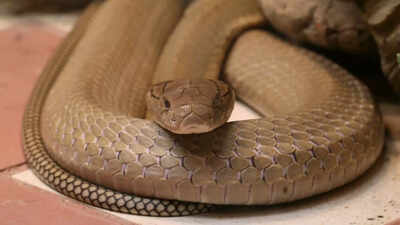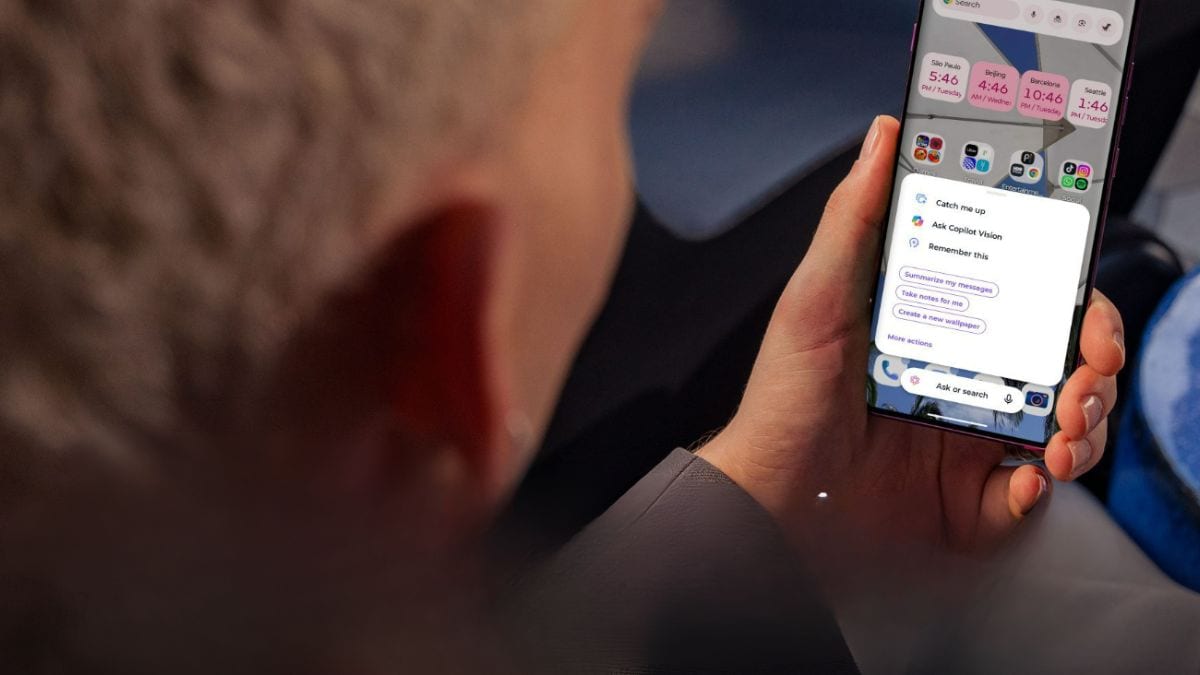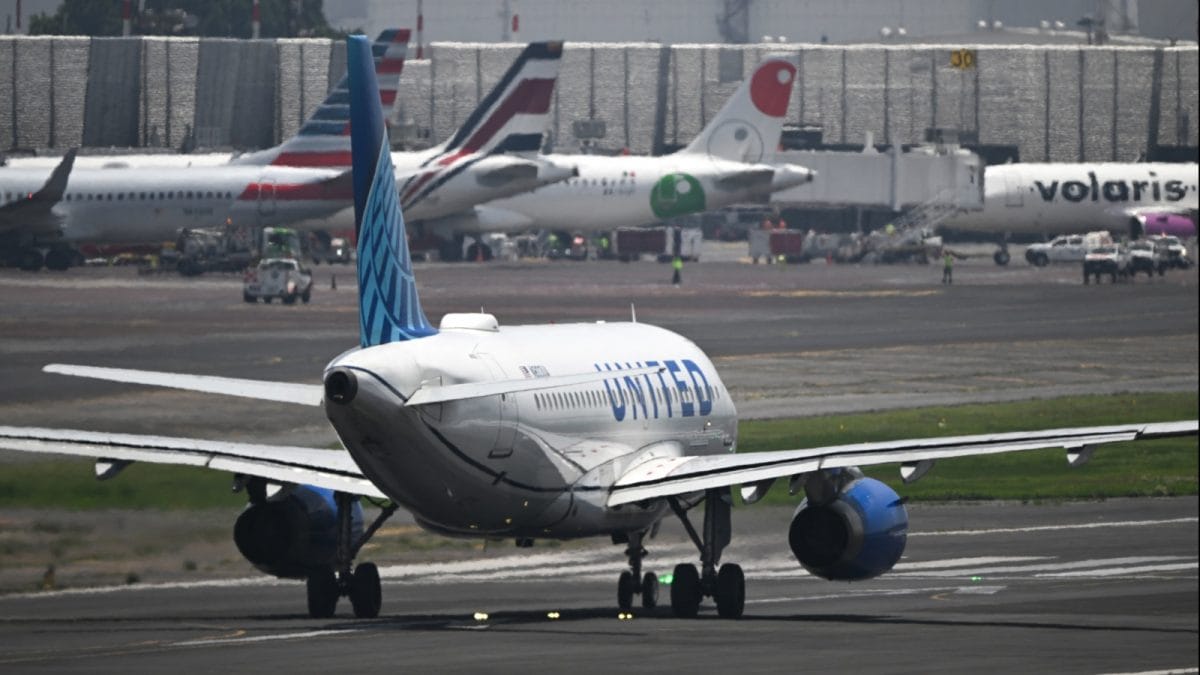ARTICLE AD BOX

Encountering a cobra can be alarming, particularly in countries like India where these venomous snakes are more common. Cobras are generally shy creatures that prefer to avoid human interaction, but they may strike if they feel threatened or cornered.
Recognising their behaviour and knowing how to respond calmly can greatly reduce the risk of a bite. Staying still, avoiding sudden movements, and giving the snake space to escape are key steps. Never attempt to kill or handle a cobra, as this increases danger. Awareness and preparedness are essential for safely navigating a cobra encounter and preventing serious injury.
Understanding Cobras and their behaviour
Cobras, particularly the Indian cobra (Naja naja), are among the "Big Four" venomous snakes responsible for the majority of snakebite cases in India.
These snakes are typically found in forests, agricultural fields, and even urban areas. They are known for their distinctive hood and can deliver a potent neurotoxic venom that affects the nervous system. However, cobras are generally non-aggressive and will usually avoid confrontation if given the chance.
What to do if you encounter a cobra
1. Stay calm and stillPanic can escalate the situation. If you spot a cobra, freeze in place and avoid sudden movements. This gives the snake a chance to assess the situation and decide whether to flee.
Cobras often strike when they feel threatened, so remaining motionless can help prevent an attack. 2. Avoid direct eye contactDirect eye contact may be perceived as a threat by the snake. Instead, keep your gaze low and sideways, and slowly back away without turning your back on the snake. This approach allows you to maintain awareness of the cobra's movements. 3. Give the snake an escape routeCobras usually strike only when they feel cornered. If possible, create a clear path for the snake to retreat.
Most snakes will choose to slither away rather than engage in a confrontation. 4. Do not attempt to kill or capture the snakeTrying to kill or handle the cobra increases the risk of being bitten. Instead, let it move away on its own or call a professional snake rescuer. Many snakebites occur when people attempt to kill or remove a snake themselves. 5. Maintain a safe distanceA cobra can strike from a considerable distance, up to one-third of its body length. Maintaining a distance of at least 6–8 feet is recommended. If the cobra is already in an aggressive posture, increase your distance slowly and carefully.
First aid for cobra bites
If bitten by a cobra, immediate medical attention is crucial. While waiting for help:
- Stay calm: Panic increases heart rate and can accelerate the spread of venom.
- Immobilize the affected limb: Keep the bitten limb still and at heart level to slow venom spread.
- Remove tight clothing and jewelry: These can constrict swelling and impede circulation.
Do not apply a tourniquet.Do not attempt to suck out the venom.Do not apply ice or cut the wound.
- Seek immediate medical help: Get to a hospital as quickly as possible for antivenom treatment.
Preventive measures to avoid cobra encounters
- Keep surroundings clean: Eliminate rodent infestations, as they attract snakes.
- Seal entry points: Close gaps in walls, doors, and fences to prevent snakes from entering homes.
- Be cautious in snake-prone areas: Use a flashlight and wear protective footwear when walking at night.
- Stay alert during the monsoon: Rainy seasons increase snake activity as flooding drives them from their usual habitats into populated areas
Also read | Snakebite risk during rainy season: Crucial tips to stay safe and protected



.png)
.png)
.png)
















 1 day ago
4
1 day ago
4









 English (US) ·
English (US) ·